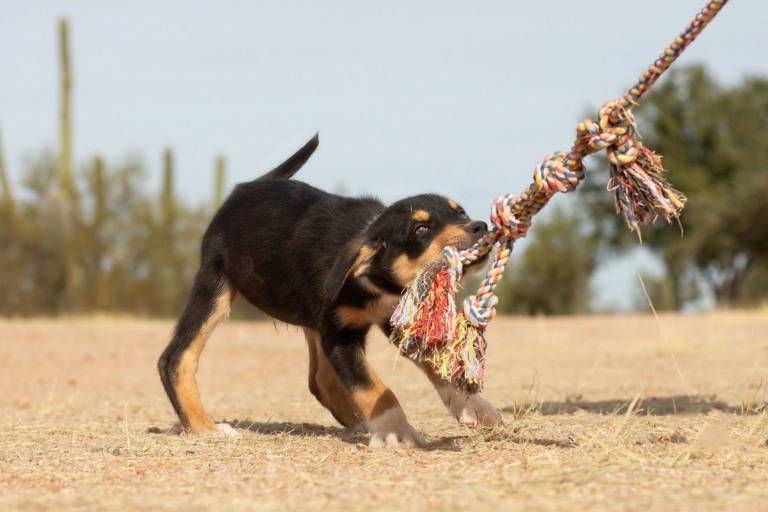Origin and purpose of the test
The Campbell test was developed by American cynologist William Campbell in the 1970s. Its main purpose is to determine a puppy’s temperament at an early age and predict its behavior in the future. The test allows you to understand how dominant or submissive a dog is, how it reacts to strangers, how it perceives new environments and whether it can become an obedient family pet.
Methodology of the test
The optimal age for testing is 6-8 weeks. It is during this period that puppies have not yet formed stable habits, and the results will be most revealing. The test consists of several simple tasks conducted by a person unfamiliar to the puppy in a new room to eliminate the influence of the owner. Among the tests:
Social Attractiveness – the researcher sits down and calls the puppy. Active running up indicates sociability, while indifference indicates an independent nature.
Following – the person moves away and the puppy must decide whether to follow. This demonstrates a level of affection and trust.
Hold response – the puppy is placed on its back and held for a few seconds. Calmness or protest shows the degree of dominance or submission.
Thesocial dominance response is a light pat on the back. The puppy may submit, accept joyfully, or try to break free.
Initiative in play – the researcher throws a toy to see if the puppy will show interest or remain indifferent.
Meaning of the results
The results of the test can be used to gauge the puppy’s personality. Animals that show confidence and activity may need an experienced owner and clear discipline. Calm and malleable puppies are more suited for families with children or the elderly. It’s important to remember that the Campbell test is not an absolute verdict, but only a tool for a preliminary understanding of a dog’s potential. Behavior is strongly influenced by upbringing, living conditions, and the love of the owner.
The Campbell test is a useful way to look into the future of a puppy’s character before it grows up. It can help you find the right approach to training, anticipate possible difficulties and ensure a harmonious relationship between dog and owner.










